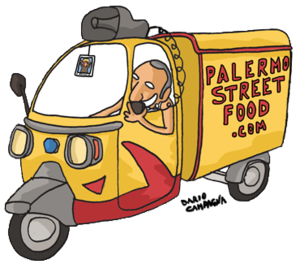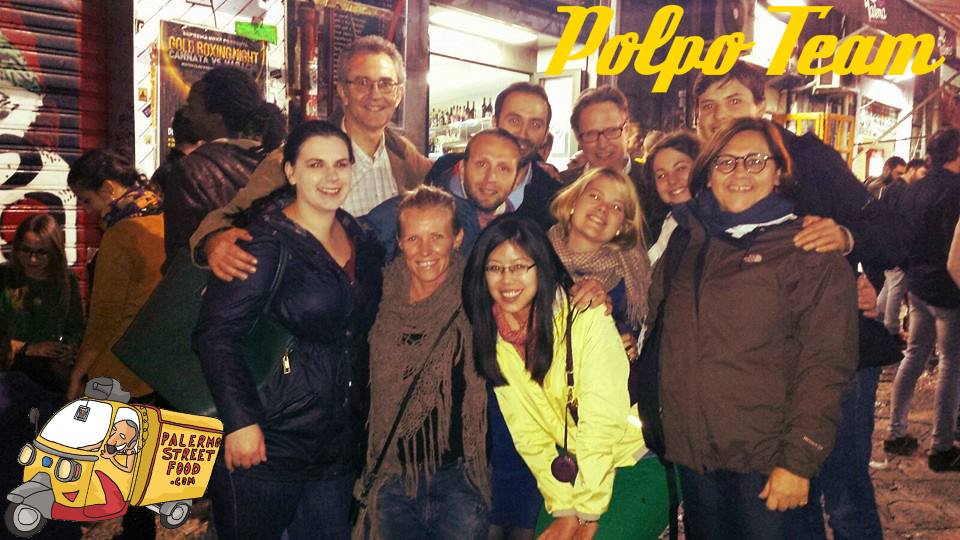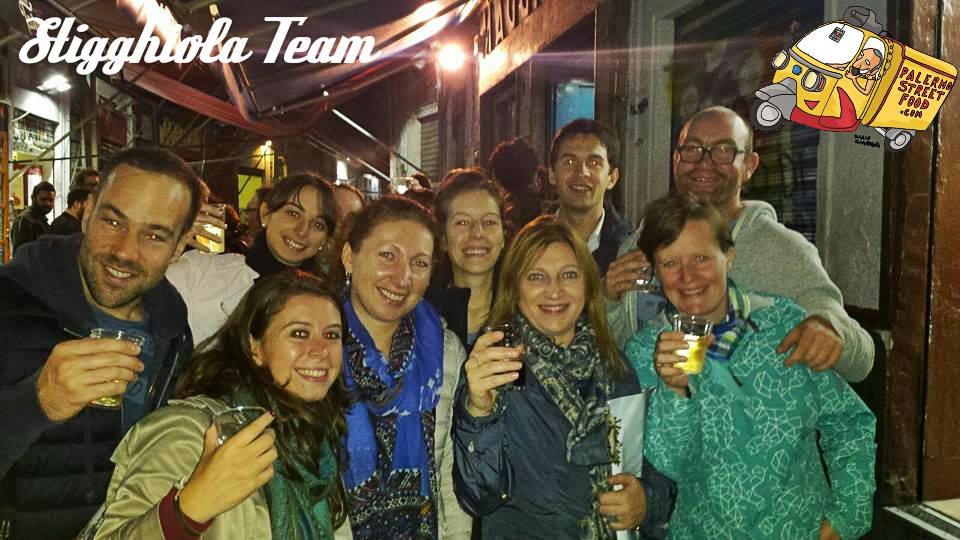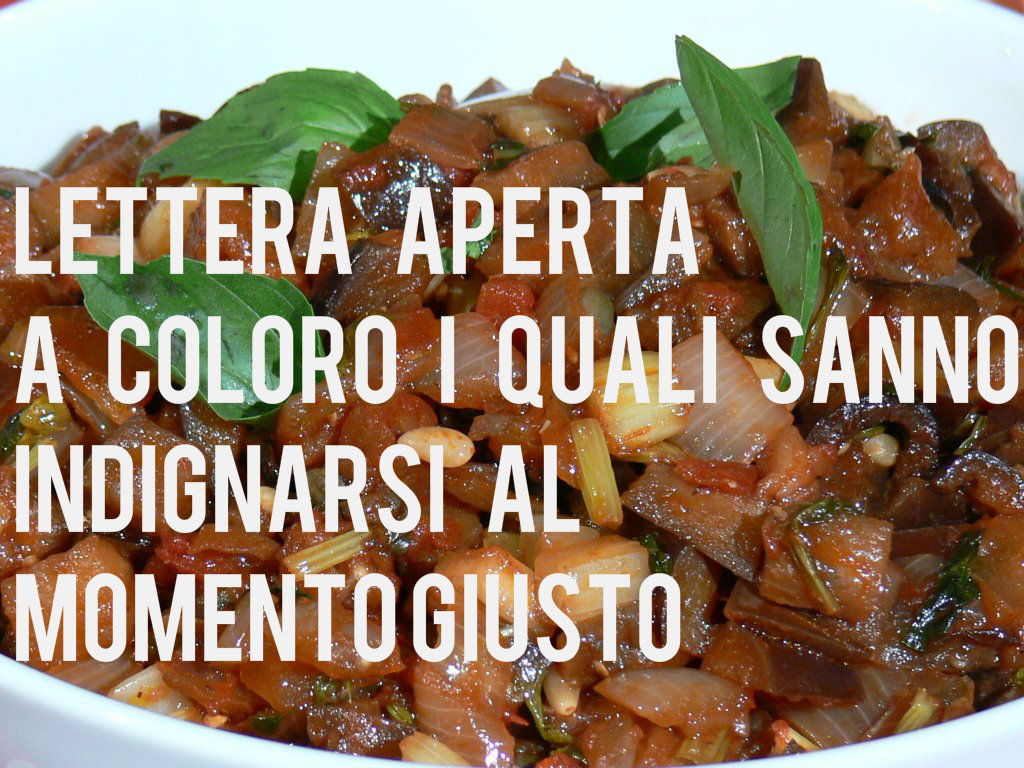This post was written by Palermo Street Food's co-founder Danielle Aquino Roithmayr for Palermo's Rosalio blog. Yes, it is in Italian, but give it a try anyway!
Se avessi un’auto la userei. Questa è stata certamente una delle prime frasi che ho imparato usando il tempo congiuntivo/condizionale; ed è proprio così.
Salve a tutti mi presento, sono Danielle Aquino, vivo da un paio di anni a Palermo e mi occupo di cibo artigianale: forse mi avete visto qualche volta in bicicletta in giro per Palermo. Sono la ragazza americana che molto cauta, con un caschetto protettivo, percorre giornalmente il marciapiede di via Libertà/via Notarbartolo, spaventata a morte dal traffico cittadino.
Il mio è solo un po’ di umorismo, non è poi così male il traffico palermitano, basta solo farci l’abitudine ed il gioco è fatto. Quel che è certo è che non manca mai una buona dose d’adrenalina; ad esempio oggi una signora guidando una Fiat 500 azzurra col telefonino rigorosamente al suo orecchio mi ha quasi appiattito quando ha deciso, cosi con naturale freschezza, di girare a destra senza utilizzare le frecce segnaletiche. Mi è persino capitato di rischiare d’esser catapultata all’interno di quello che qui a Palermo si definisce tecnicamente “lapino chino ‘i frutta e verdura” ossia un fruttarolo ambulante. Sarei comunque atterrata sul morbido tra melanzane e zucchine biologiche siciliane! Comunque, come ho detto, sono casi poco frequenti.
A Palermo per chi va in bici c’è poi un costante problema: dove incatenare la bici? Fortunatamente Io ho un lucchetto fortissimo che ho comprato negli Usa, fatto per resistere ai furfantelli di New York City che poco hanno da invidiare ai loro colleghi siciliani.
Se vi state chiedendo come abbia fatto a portarlo a Palermo, be’ posso dirvi che non è stato molto semplice. Ogni aeroporto in cui facevo scalo ho sempre dovuto dare mille spiegazioni sulle ragioni per cui avevo deciso di portarlo con me da New York, mentre una volta giunta a Roma e poi qui nel capoluogo siciliano nessuno mi ha più chiesto nulla, quasi come se fosse una routine viaggiare con un archetto blocca bici.
Ma ne è valsa la pena perché sto bene con il mio lucchetto newyorchese, almeno fino ad oggi. In ogni caso, ribadisco che questa città non è proprio fatta per i ciclisti urbani e tante volte mi “siddia” proprio incatenare la bici, così se devo solo comprare un gelato, in questa stagione sempre una ottima brioche con gelato ai gelsi e cioccolato fondente oppure se decido di prendere un caffè – senza zucchero per favore – lascio la bici vicino alla porta del bar e prego santa Rosalia di ritrovarla al suo posto.
A proposito di bar e caffè, una volta mi è capitata una strana avventura mentre mi trovavo in un bar per soddisfare la mia costante dipendenza da espresso. Ad un certo punto, mentre chiacchieravo con il barista, entra nel locale un signore sulla quarantina, probabilmente un manovale intento a concedersi una delle sue frequenti pause di lavoro. Sproloquiando con fare del tutto isolano (i siciliani sono tutti assolutamente dei grandi attori cominci) diresse lo sguardo verso di me ed il barista, chiedendo un caffè americano e prendendo spunto dalla cosa per sostenere che gli americani dovrebbero tornarsene tutti in America «perché è li che si sta bene» anzi, a suo dire, «tutti i siciliani dovrebbero andare a vivere in America perché qui non vale la pena continuare». Io vivo da qualche tempo qui e, alla lunga, ho assimilato anche un po’ di gestualità siciliana che non fa mai male. In quella circostanza, frenando quanto più potevo la mia risata, ho semplicemente annuito senza dire una parola. Non appena quell’uomo si è allontanato dal bar io ed il barista ci siamo guardati in faccia e siamo scoppiati a ridere. Mi capita spesso di essere scambiata per italiana ma più raramente che decidano di affrontare con quel genere di argomento con me. Anche in quella occasione avevo lasciato la bici fuori senza catena, ma per fortuna mi aspettava esattamente dove l’avevo lasciata; come si dice da queste parti “a postissimo!”.
Click here to read the original post on the Rosalio.

































